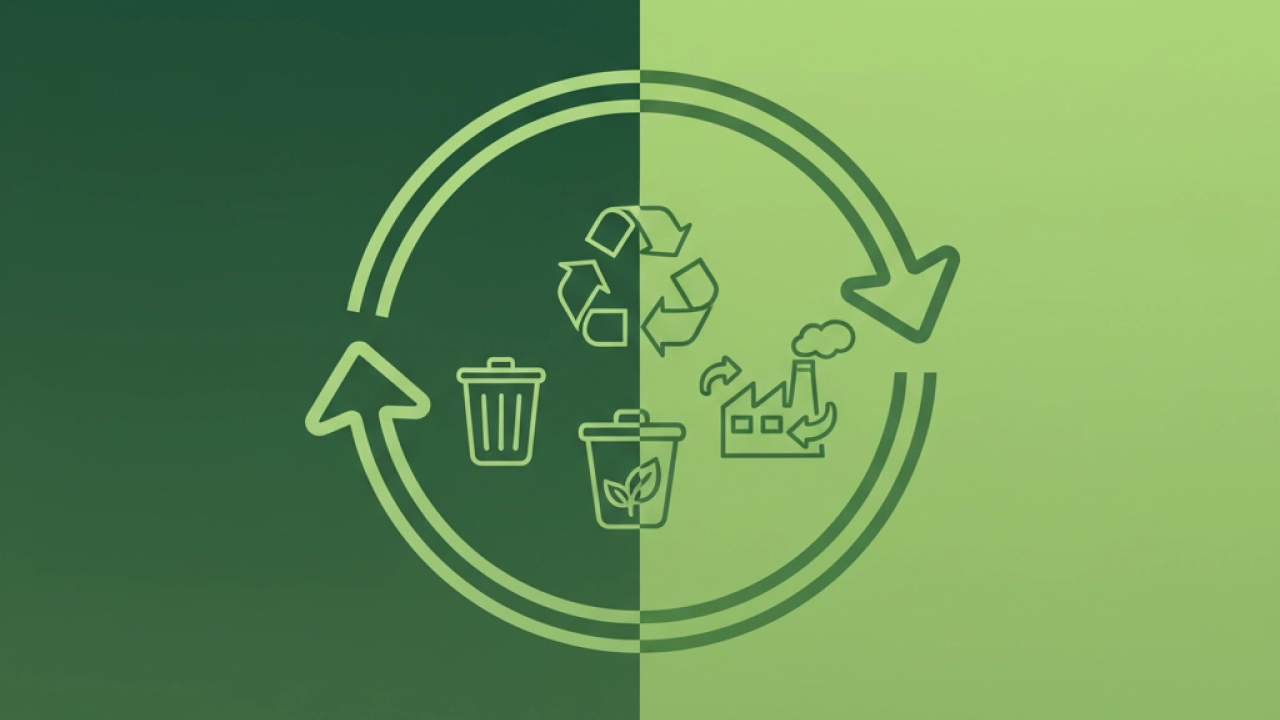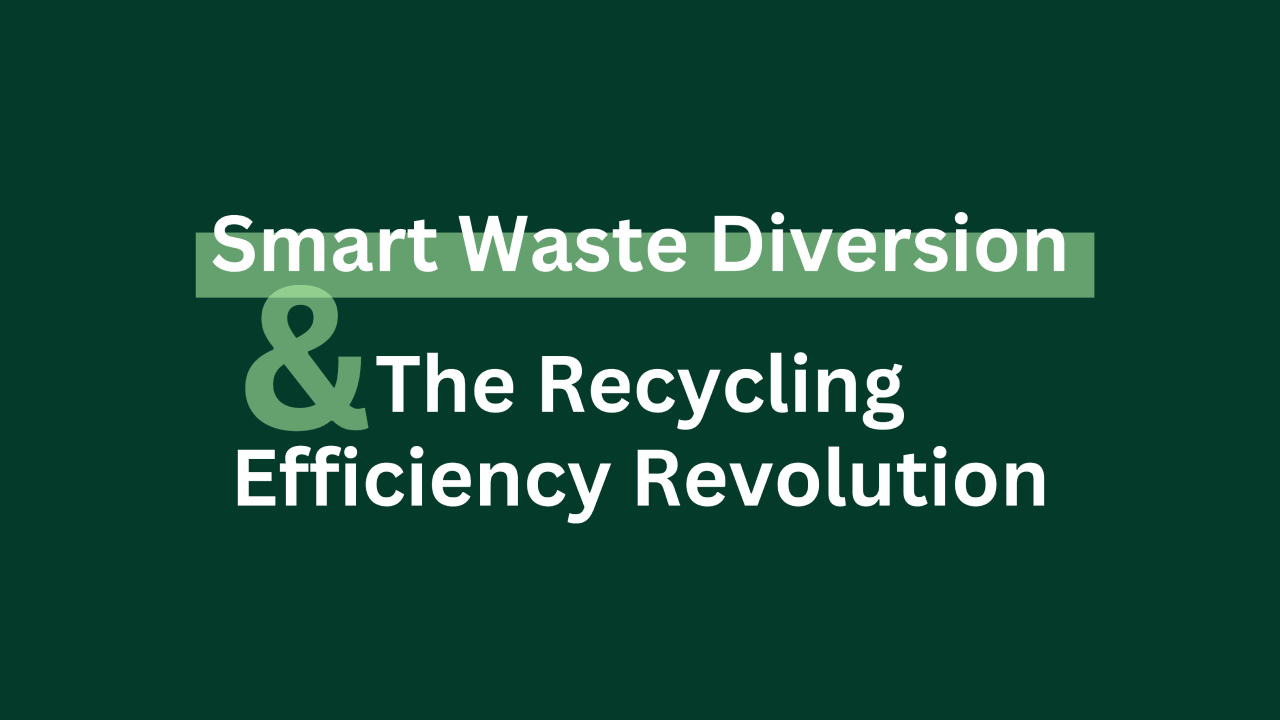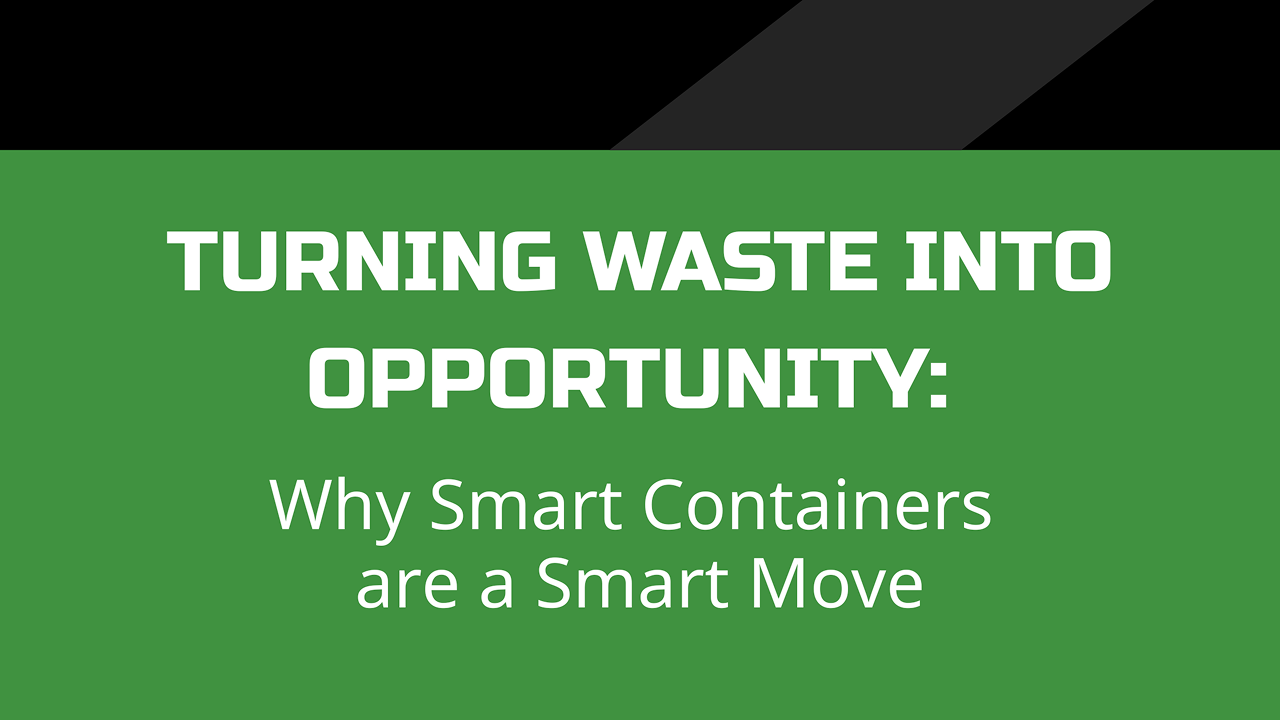Football season is in full swing, and while fans pack stadiums across the country cheering for touchdowns, something equally impressive is happening behind the scenes. Major venues are scoring their own victories: against waste.
USC's LA Memorial Coliseum just achieved a 91.7% landfill diversion rate during the 2023 season, keeping over 69 tons of game-day waste out of landfills. Yankee Stadium diverts 85% of its total trash. The Seattle Mariners save $26,000 annually by keeping 226 tons out of landfills.
These aren't feel-good sustainability stories. They're data-driven transformations that reveal something crucial: if venues managing 50,000+ people can achieve near-zero waste, any organization can revolutionize their waste management.
The Numbers Behind Stadium Waste
The scale is staggering. The four major professional leagues generate approximately 35,000 metric tons of CO2 annually just from fan waste activities. Individual games create massive streams: the University of Tennessee produces 15 tons of waste per football game, while Ohio State generates 23 tons for a single Saturday.
But here's what's changing the game: facilities that couldn't see their waste streams before are now achieving 80%+ diversion rates. The secret isn't just better bins or more signs. It's continuous visibility into what's actually happening with their waste.
The Zero Waste Playbook
Strategic Infrastructure Design
The most successful stadiums follow one critical rule: provide one recycling bin for every trash bin throughout the facility. They use clear collection bags for recyclables versus black bags for waste, making contamination immediately visible to staff and fans.
The Cincinnati Bengals pioneered a two-crew system that many venues now copy: sending a dedicated recyclable cleanup crew into stands immediately after games, before general waste crews arrive. This prevents contamination and dramatically increases recovery of valuable materials like aluminum and plastic.
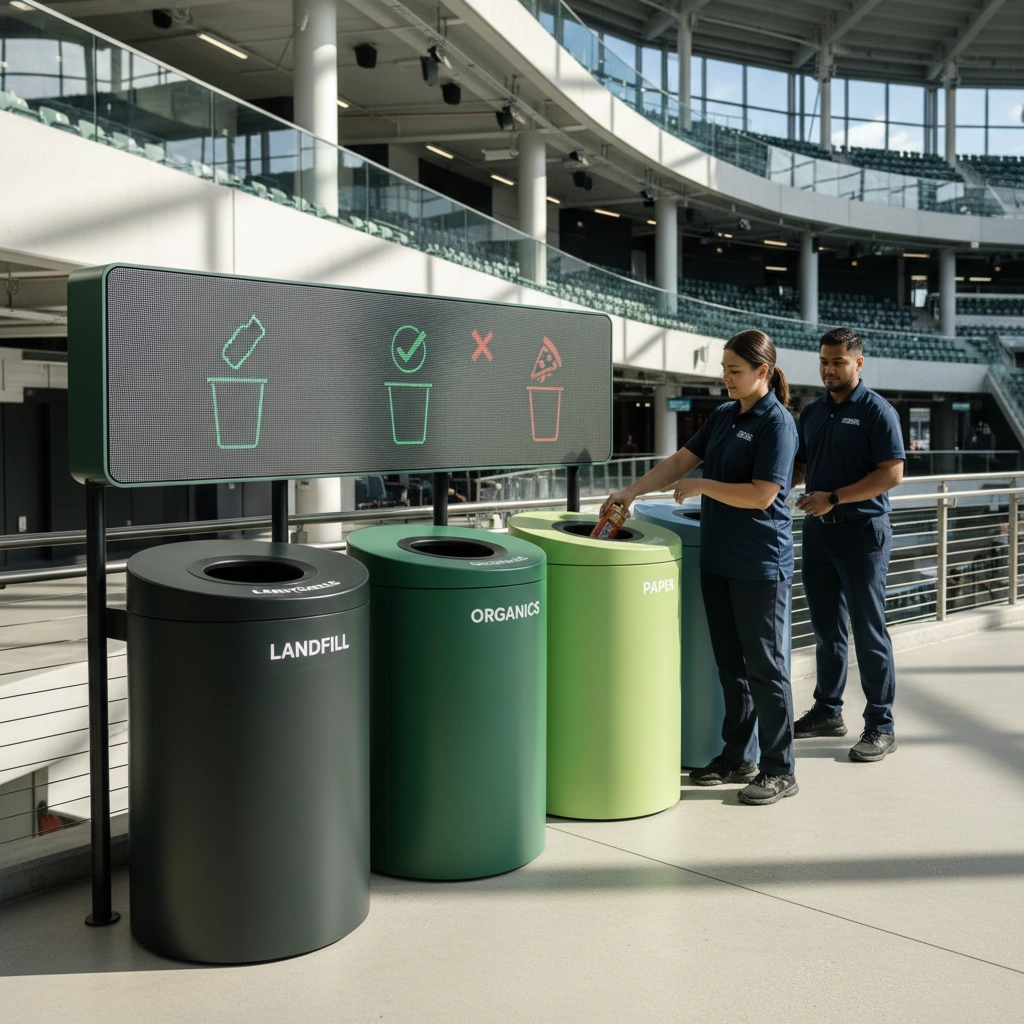
Behind-the-Scenes Intelligence
Charlotte's Zero Waste Stadium initiative exemplifies systematic post-event processing. Volunteers and staff work the day after games to sort every collected bag, categorizing items into specific waste streams. This meticulous approach reveals exactly what's entering different bins: and what's being missed.
But here's the problem with traditional approaches: they're snapshots, not continuous intelligence. You can audit waste streams after games, but you can't see contamination happening in real-time or track whether changes actually improve performance.
Food Waste Revolution
Progressive stadiums switched to compostable packaging, but that's just the beginning. Brooklyn's Barclays Center repurposed 20 tons of leftover food in one year by converting unused concession ingredients into staff meals. The Oakland-Alameda County Coliseum eliminated 200 tons of organics and 400 tons of recyclables, saving $40,000 annually in disposal costs.
The key insight: successful programs track both environmental and financial metrics simultaneously. Traditional waste audits tell you what happened last month. Continuous waste intelligence tells you what's happening right now: and whether your fixes are actually working.
What Your Business Can Learn
Start with Continuous Visibility
Before implementing any program, successful stadiums need comprehensive waste audits. But here's where most organizations get it wrong: they conduct expensive, disruptive one-time audits that are outdated the moment they're complete.
You can't fix what you can't see. Traditional audits cost $15,000-$30,000, disrupt operations, and provide data that's obsolete within weeks. Meanwhile, facilities typically lose $80,000-$140,000 annually to contamination and lost recyclables: costs that one-time audits can't prevent because they can't provide ongoing visibility.
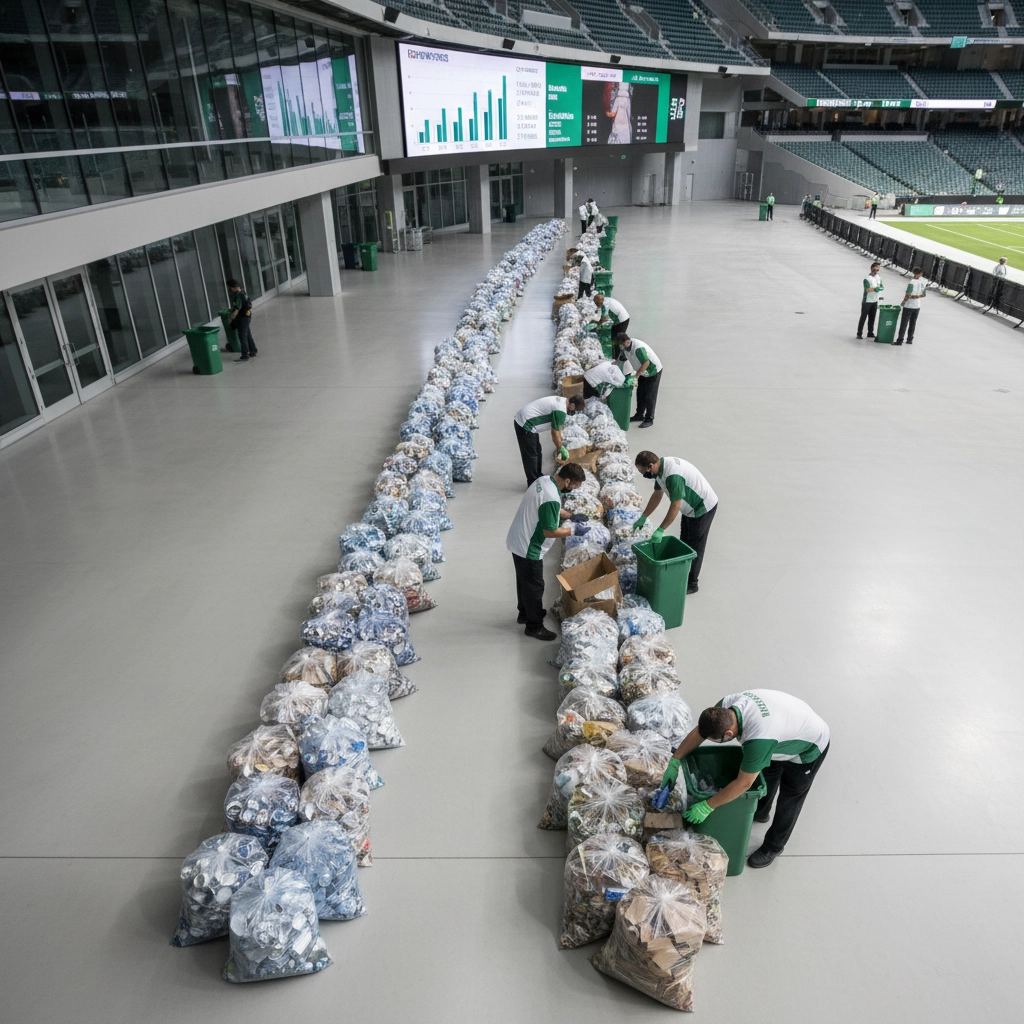
Build Cross-Functional Teams
The most successful programs involve cross-departmental collaboration between facilities management, business services, contractors, and operations teams. Someone needs to own the initiative and coordinate across different areas.
But ownership without visibility is just accountability without tools. Teams need continuous data to make informed decisions, track progress, and prove ROI to leadership.
Focus on High-Impact Opportunities
Programs like PureCycle Zero target specific materials like polypropylene containers that generate significant volume and have clear recycling pathways. The Cleveland Browns, Cincinnati Bengals, Jacksonville Jaguars, and Orlando Magic participate without paying fees, showing how partnerships can make sustainability profitable.
The University of Tennessee's recycling program saves approximately $3,500 in trash hauling costs per season. These savings compound when facilities can verify their performance and optimize continuously rather than hoping their changes work.
Measure What Matters
Successful venues track both environmental and financial metrics. But traditional measurement approaches have a fundamental flaw: they rely on periodic snapshots rather than continuous monitoring.
Consider this: if your contamination rate spikes due to new staff, unclear signage, or seasonal changes, when do you find out? With traditional audits, you discover problems months later when it's too late to prevent lost revenue and increased costs.
Continuous waste audits provide the diagnostic power that traditional methods lack. Instead of expensive, disruptive one-time assessments, facilities get ongoing visibility into waste streams, contamination rates, and financial performance.
The Intelligence Revolution
Stadium success stories reveal a crucial evolution in waste management thinking. The transformation isn't just about better bins or training: it's about moving from periodic guesswork to continuous intelligence.
Traditional approaches treat waste management like taking a photograph once a year and hoping nothing changes. But waste streams are dynamic. Staff turnover affects sorting accuracy. Seasonal variations change contamination patterns. New suppliers alter packaging types.
The facilities achieving 80%+ diversion rates aren't just implementing better programs: they're implementing smarter measurement. They can see when contamination increases, identify specific problem areas, and verify whether fixes actually improve performance.
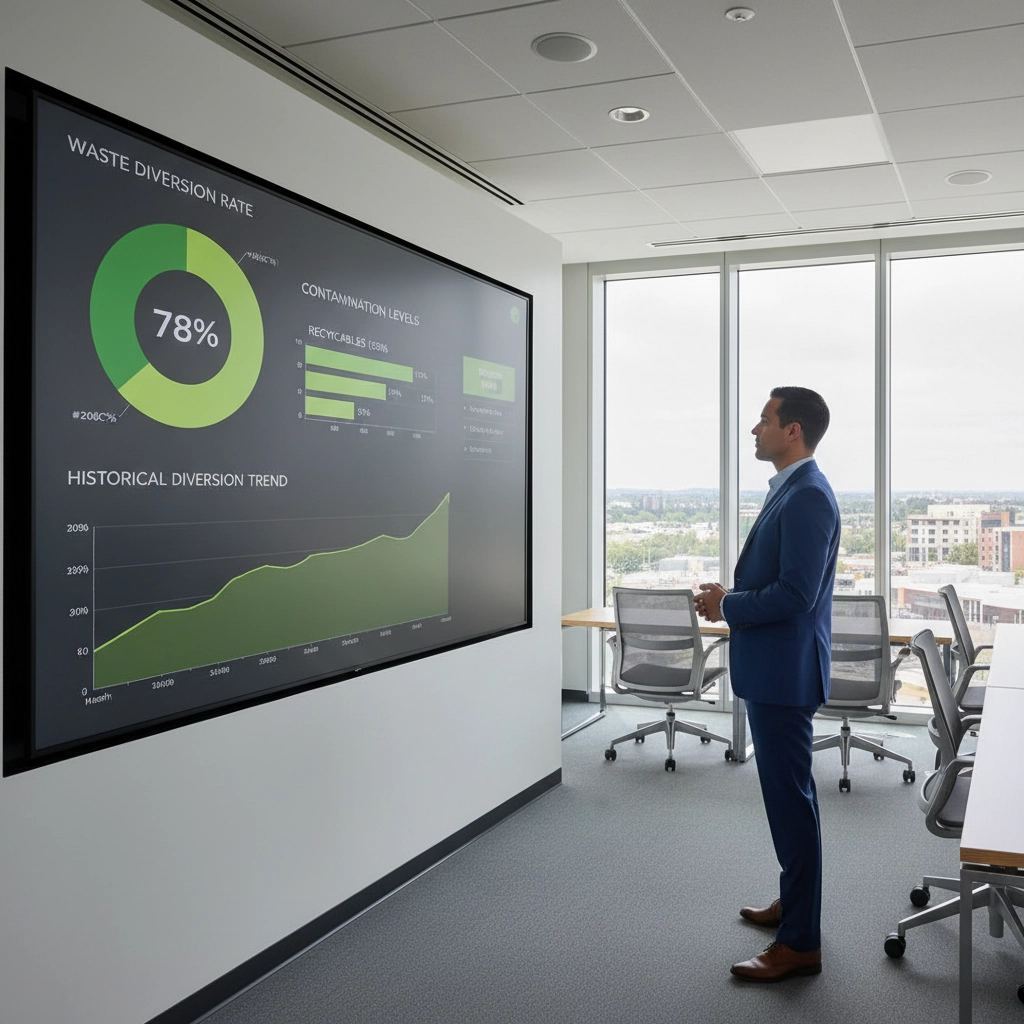
The ROI Reality
Here's what stadium data reveals about waste intelligence: facilities that can see their waste streams continuously avoid contamination fines, recover more recyclable value, reduce labor costs, and provide verified ESG reporting.
The Oakland-Alameda County Coliseum's $40,000 annual savings came from ongoing optimization, not one-time fixes. They could see which changes worked, eliminate what didn't, and continuously improve performance.
Your facility faces the same opportunity. Traditional waste management relies on hope: hoping staff sort correctly, hoping contamination stays low, hoping your sustainability initiatives actually work. Waste intelligence replaces hope with data.
The Playbook Applied
Stadium transformations offer a clear blueprint for any organization serious about waste management ROI:
Phase 1: Establish Continuous Visibility
Replace expensive, disruptive traditional audits with ongoing waste stream intelligence. You can't optimize what you can't measure continuously.
Phase 2: Focus on Financial Impact
Track avoided contamination costs, recovered material value, and operational savings. Stadium programs succeed because they prove ROI, not just environmental benefits.
Phase 3: Verify and Optimize
Use continuous data to verify whether changes improve performance. Adjust strategies based on real performance data rather than assumptions.
The revolution happening in sports venues isn't just about sustainability: it's about waste intelligence becoming the new standard for facilities that want continuous visibility, verified performance, and measurable ROI.
Traditional audits are expensive snapshots. Continuous waste intelligence is the evolution facilities need to achieve stadium-level results without stadium-level complexity.

